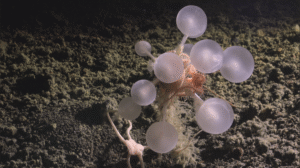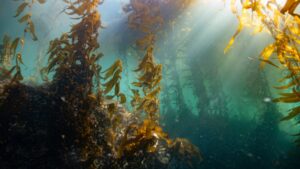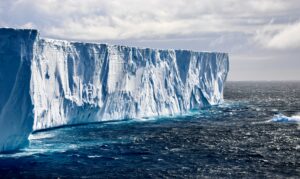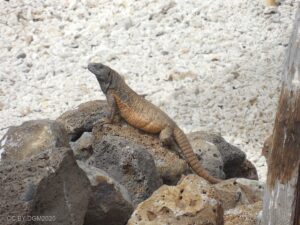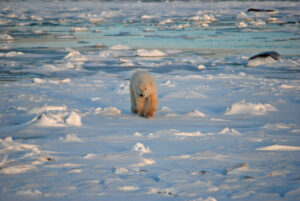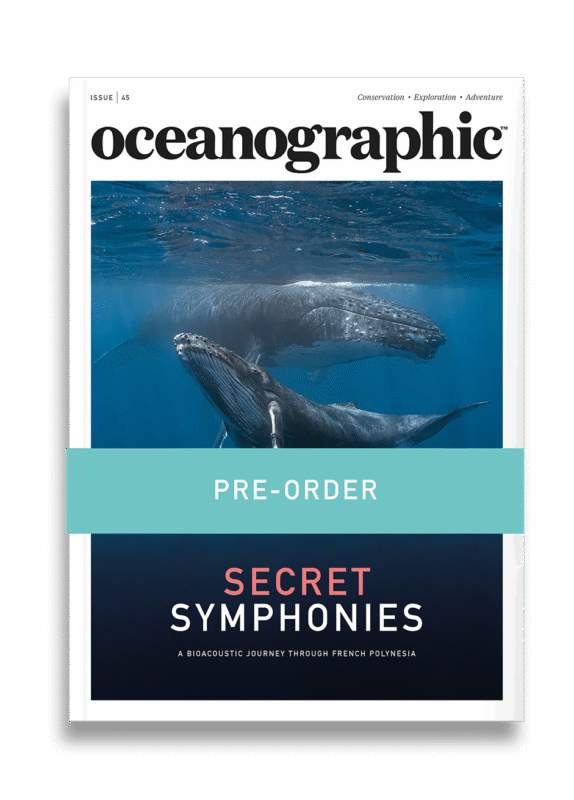Genomic study reveals three subspecies of endangered hoiho
A landmark genomic study has redrawn the evolutionary map of the world's rarest penguin, finding that the endangered hoiho - the yellow-eyed penguin of New Zealand - is not a single species, but three distinct sub-species, each adapted to its own oceanic territory.
The evolutionary map of one of the world’s rarest penguins has been redrawn after a new, landmark genomic study concluded that the endangered hoiho – the yellow-eyed penguin of New Zealand – is not a single species, but three distinct sub-species, each adapted to its own oceanic territory.
The research, led by scientists from the University of Otago (Ōtākou Whakaihu Waka), the Department of Conservation, and Ngāi Tahu, with support from Genomics Aotearoa, offers fresh hope for the survival of a species on the brink.
“This is a turning point for hoiho conservation,” said Professor Jemma Geoghegan, senior author and evolutionary virologist at Otago. “Each group has its own evolutionary legacy, shaped by its environment. Without swift, targeted action, we could lose one forever.”
Using whole-genome sequencing from nearly 250 penguins across the New Zealand mainland and the subantarctic Enderby and Campbell Islands, the team uncovered deep genetic divisions consistent with three subspecies. Ancient DNA from two extinct penguin species helped pinpoint when these lineages diverged – between 5,000 and 16,000 years ago.
It was at the time a period of dramatic post-glacial change in the Southern Ocean.
But while the discovery enriches our understanding of hoiho’s past, it also sounds an alarm for its future. On the mainland, fewer than 150 breeding pairs remain, while many chicks are succumbing to respiratory distress syndrome, a fatal condition linked to a gyrovirus first identified by Geoghegan’s group in 2023.
By combining population genomics with genome-wide association studies, the researchers identified candidate genes tied to immune and respiratory function, providing clues as to why mainland chicks are falling ill while their subantarctic cousins thrive.
“Genetic differences in immune pathways may be making the northern subspecies more vulnerable to infection,” said Dr Janelle Wierenga, Head of Wildlife at the Otago Peninsula Eco Restoration Alliance. “Understanding these differences is essential to halting further decline.”
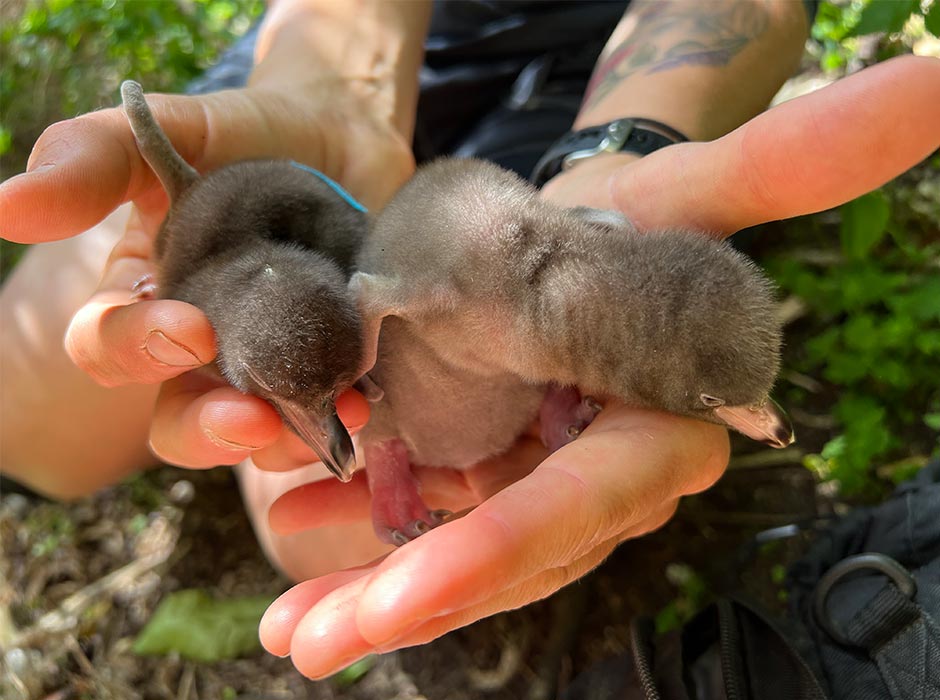
The findings carry immediate implications for conservation strategy.
“Recognising three sub-species acknowledges both the cultural and biological diversity within hoiho,” said Dr Mel Young of the Department of Conservation. “In partnership with Ngāi Tahu, who hold kaitiakitanga (guardianship) over hoiho, we can now shape subspecies-specific management plans that truly reflect each population’s needs.”
For Dunedin Wildlife Hospital veterinarian Lisa Argilla, the message is stark: “For the mainland population, extinction is not a distant possibility- it’s an imminent threat. Without urgent, bold, and collaborative action, we risk losing these precious birds forever.”
The project was powered by Genomics Aotearoa, New Zealand’s national genomics platform, which provided the computational infrastructure first developed for the Kākāpō Recovery Project.
“We’re showing how species-wide genomics can transform conservation,” says Dr Joseph Guhlin, lead author and postdoctoral researcher at Otago. “The same tools that safeguarded the kākāpō are now being used to protect hoiho – our taonga of the sea.”
As the Southern Ocean continues to change, the genome of hoiho tells a story of resilience, adaptation, and now urgent responsibility.


"*" indicates required fields
Printed editions
Current issue
Back issues
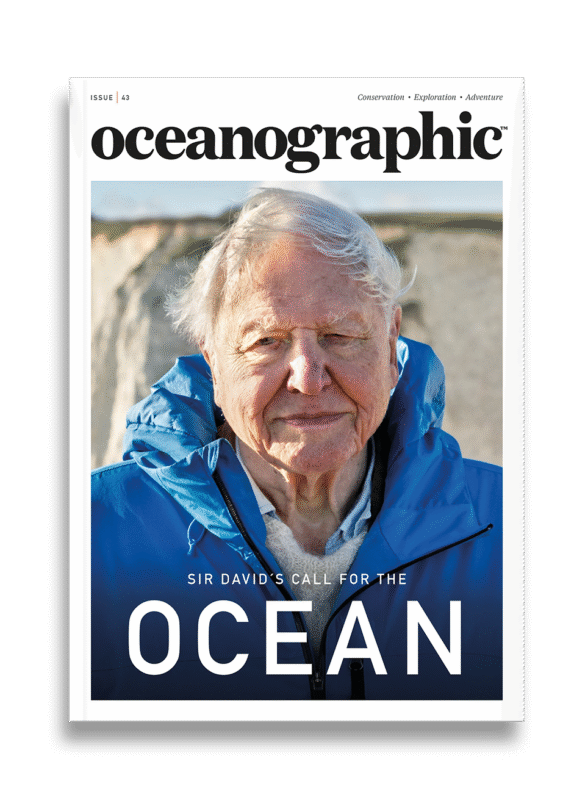
Back Issues
Issue 43 Sir David Attenborough’s ‘Ocean’

Back Issues
Issue 41 Holdfast to the canopy
Enjoy so much more from Oceanographic Magazine by becoming a subscriber.
A range of subscription options are available.

